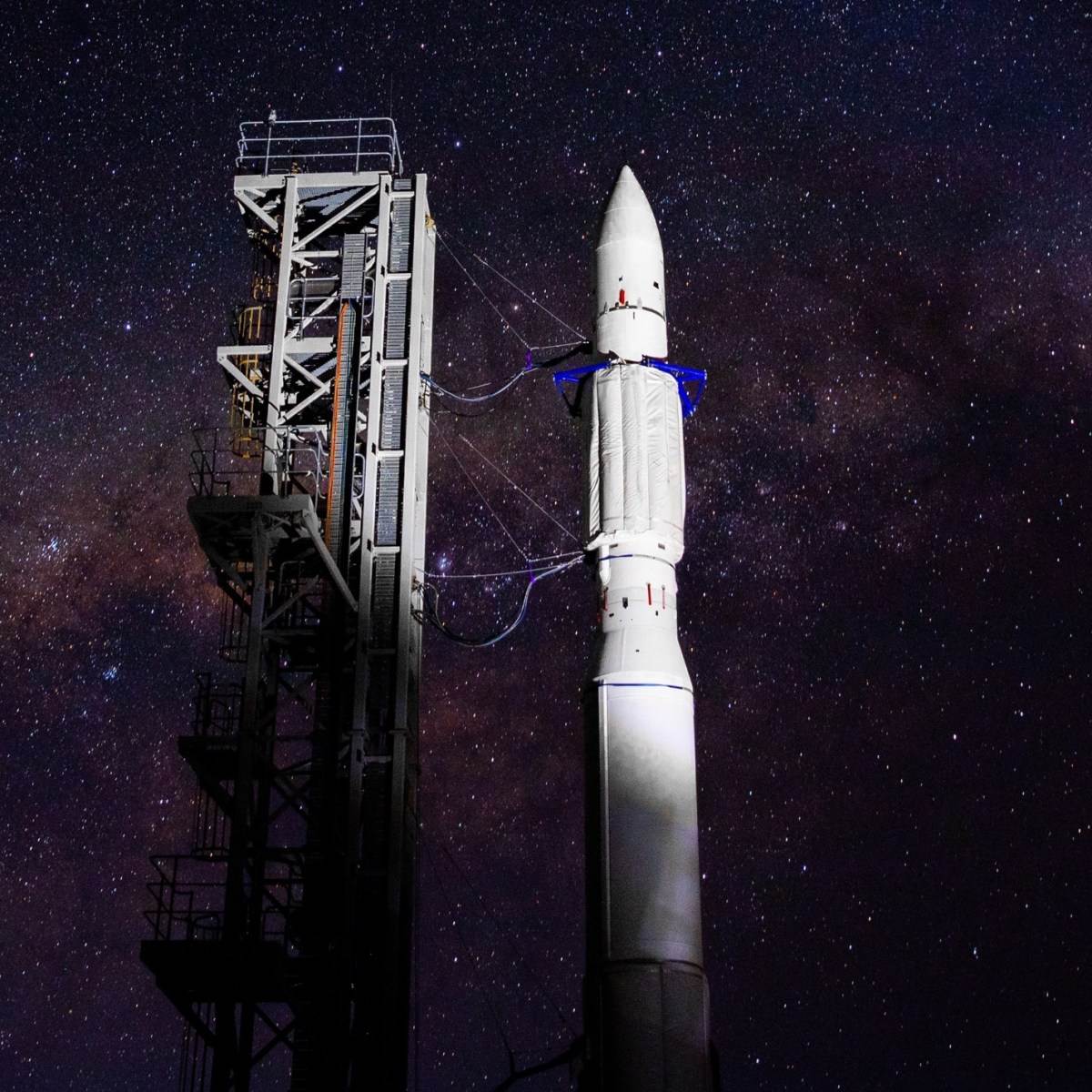Gilmour Space secures license for first orbital launch

Top Stories Tamfitronics

WASHINGTON — Australian launch vehicle startup Gilmour Space has received a license for its first orbital launch, which could take place before the end of the year.
The company announced Nov. 5 that it received a launch permit from the Australian Space Agency for the first flight of its Eris small launch vehicle from a site in northern Queensland called Bowen Orbital Spaceport.
The license was the final major milestone for the launch. “With this green light, we will soon attempt the first orbital test flight of an Australian-made rocket from Australian soil,” Adam Gilmour, chief executive of Gilmour Space, said in a statement.
The company said the license came with “a number of conditions” that must be met before the launch and requires a 30-day notification period before the launch. “Our team is assessing the conditions of the permit and will advise on the anticipated launch date for Eris TestFlight1 in the coming weeks,” Gilmour said.
Company spokesperson Michelle Gilmour told SpaceNews that the conditions included in the license “appear fairly standard” and include approvals for airspace closures needed for the launch and documentation of final system checks and tests before the launch.
The 30-day notification period, she said, means the earliest Gilmour Space could attempt a launch is early December. “The goal is to launch this year, of course, but we recognize that the holiday period will present logistical challenges to our team,” including travel to and accommodations at the launch site. “If a December launch isn’t feasible, then we will be back in early January.”
Gilmour Space received a permit for the spaceport itself in March, and at the time was preparing for a launch as soon as early May. However, the company ran into licensing delays that were not resolved until now.
Michelle Gilmour said it was possible that the Australian Space Agency “underestimated the time and resources” needed to evaluate the license application, particularly given the small size of the agency. “Ultimately, our priority, shared by the agency, is for a safe and successful launch. Taking the extra time to ensure that they are fully confident in our vehicle, flight path, and safety measures would therefore come first, even above the launch schedule.”
The company continued launch preparations while awaiting the license. That included a wet dress rehearsal in September where the rocket was fueled and went through a countdown that stopped 10 seconds before liftoff. That allowed engineers to troubleshoot issues with the rocket and ground systems, such as two faulty valves that needed to be replaced and minor software modifications.
Eris is a three-stage vehicle designed to place up to 215 kilograms into a 500-kilometer sun-synchronous orbit and 305 kilograms into a 500-kilometer equatorial orbit. It uses hybrid engines, with a liquid oxidizer and solid fuel, in the first two stages and a liquid-propellant engine in the upper stage.
The company raised $55 million Australian ($36.5 million) in a Series D round in February. The company has raised more than $140 million Australian to date.

Jeff Foust writes about space policy, commercial space, and related topics for SpaceNews.He earned a Ph.D. in planetary sciences from the Massachusetts Institute of Technology and a bachelor’s degree with honors in geophysics and planetary science…More by Jeff Foust

















